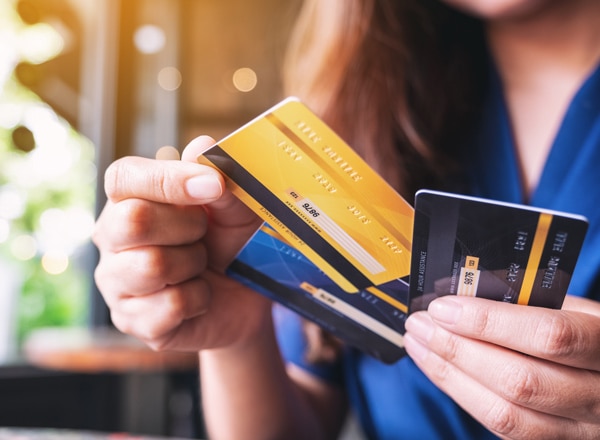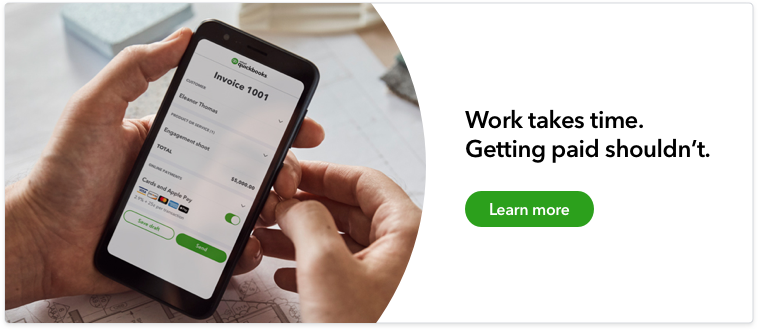A chargeback is a dispute of charges filed by a customer and their credit card company or bank. It’s an obstacle that can challenge a merchant’s customer relationships and their accounting process, sometimes resulting in fees or loss of income. Unfortunately, many merchants will have to deal with a chargeback claim at some point. If your business receives a notice of dispute from a credit card company, you may have to prove the validity of your charges. You may also be responsible for fees associated with the chargeback process.
Here, we’ll explain what chargebacks are, why they occur, and how you can handle them effectively. Read on for an in-depth look at chargebacks or use the links below to skip ahead to the section that best fits your query.










